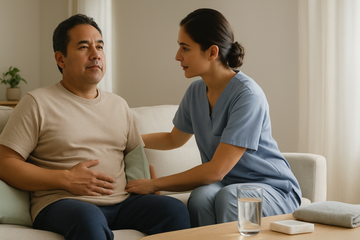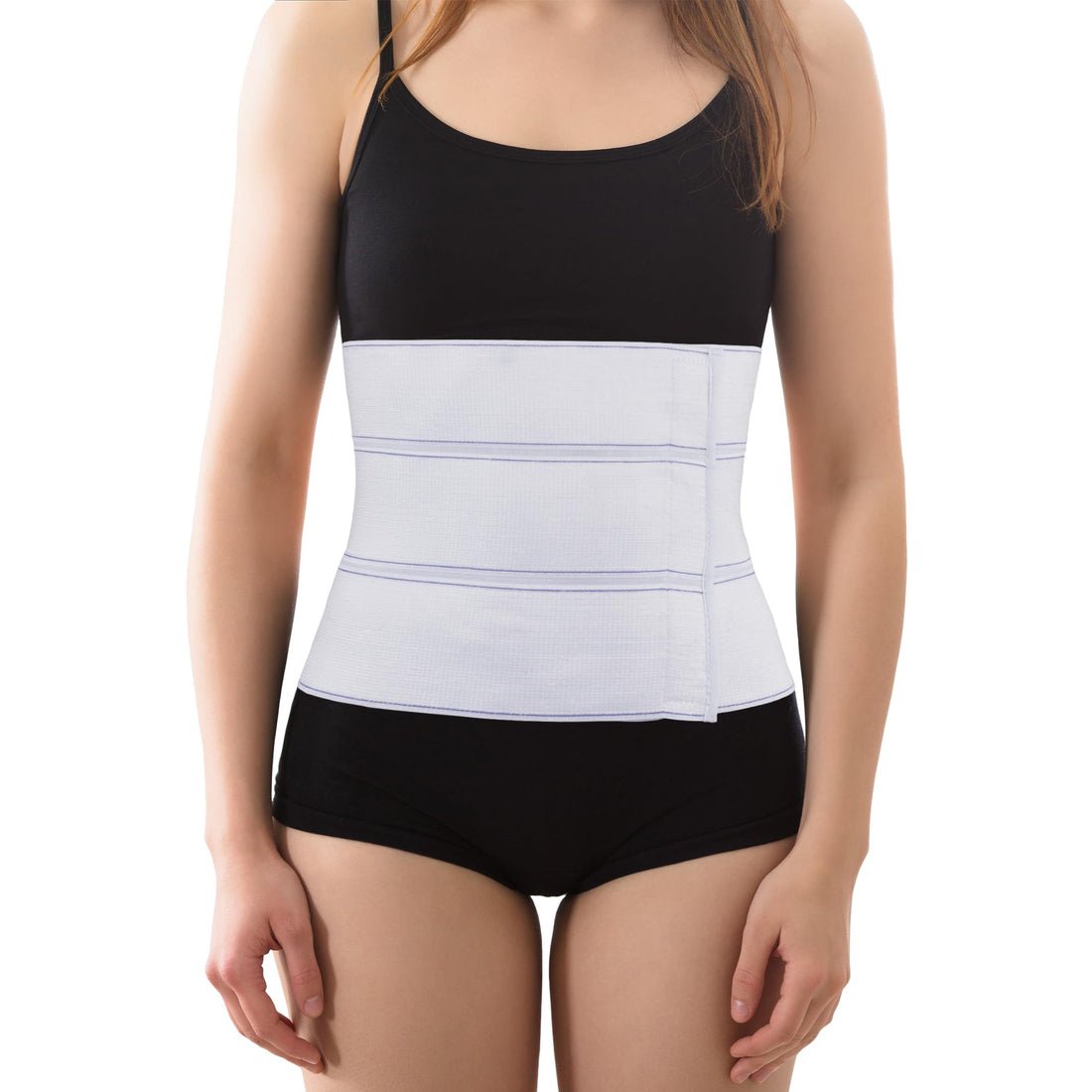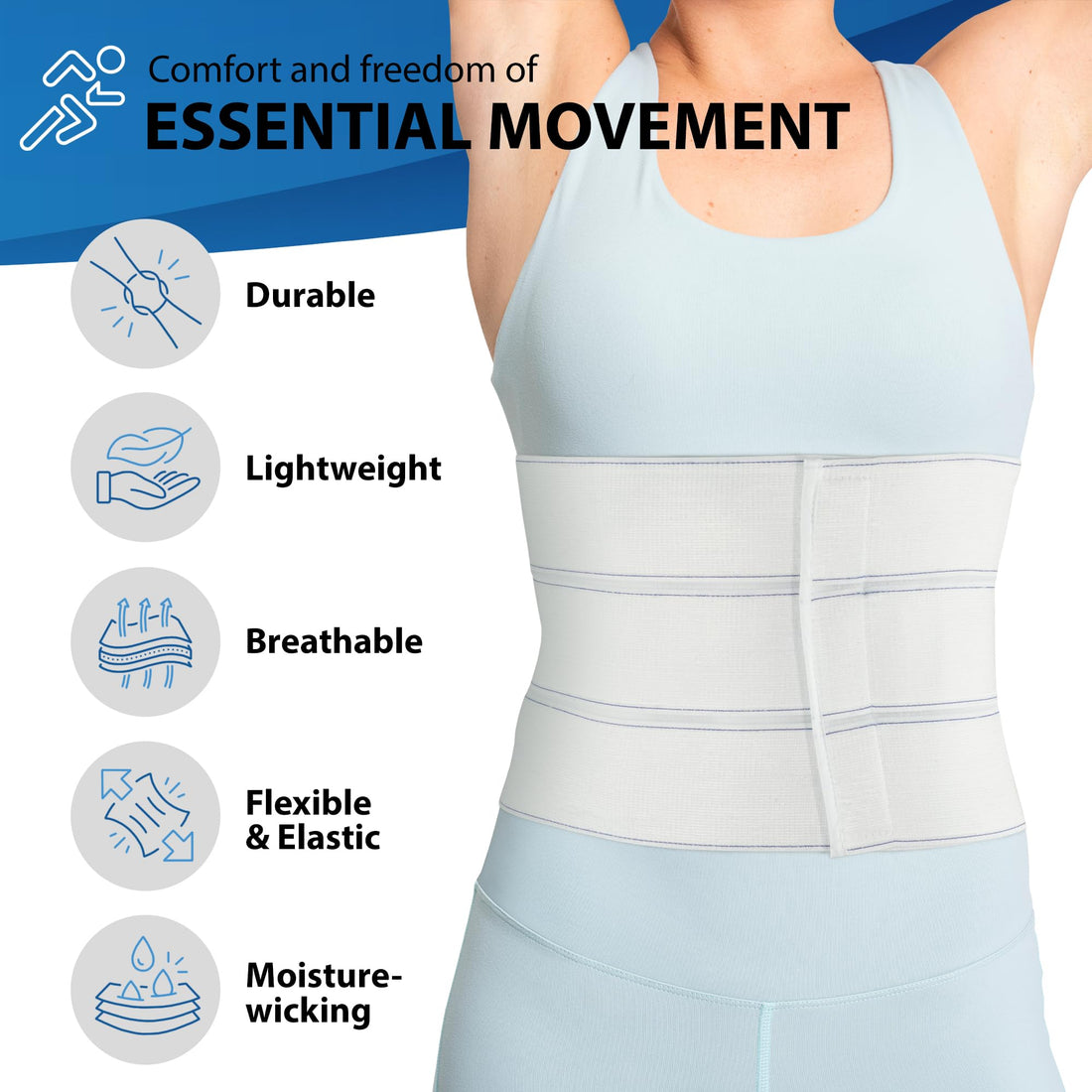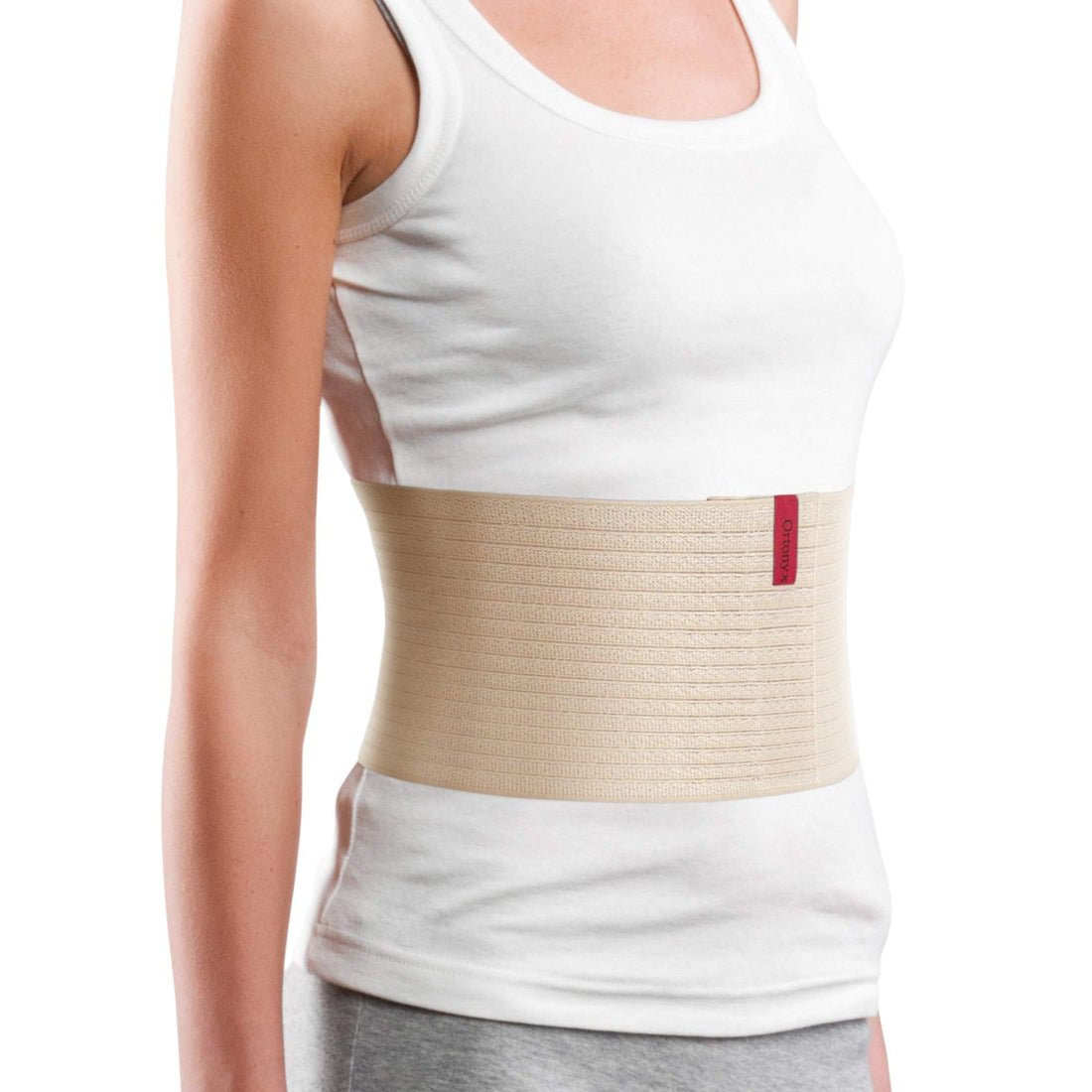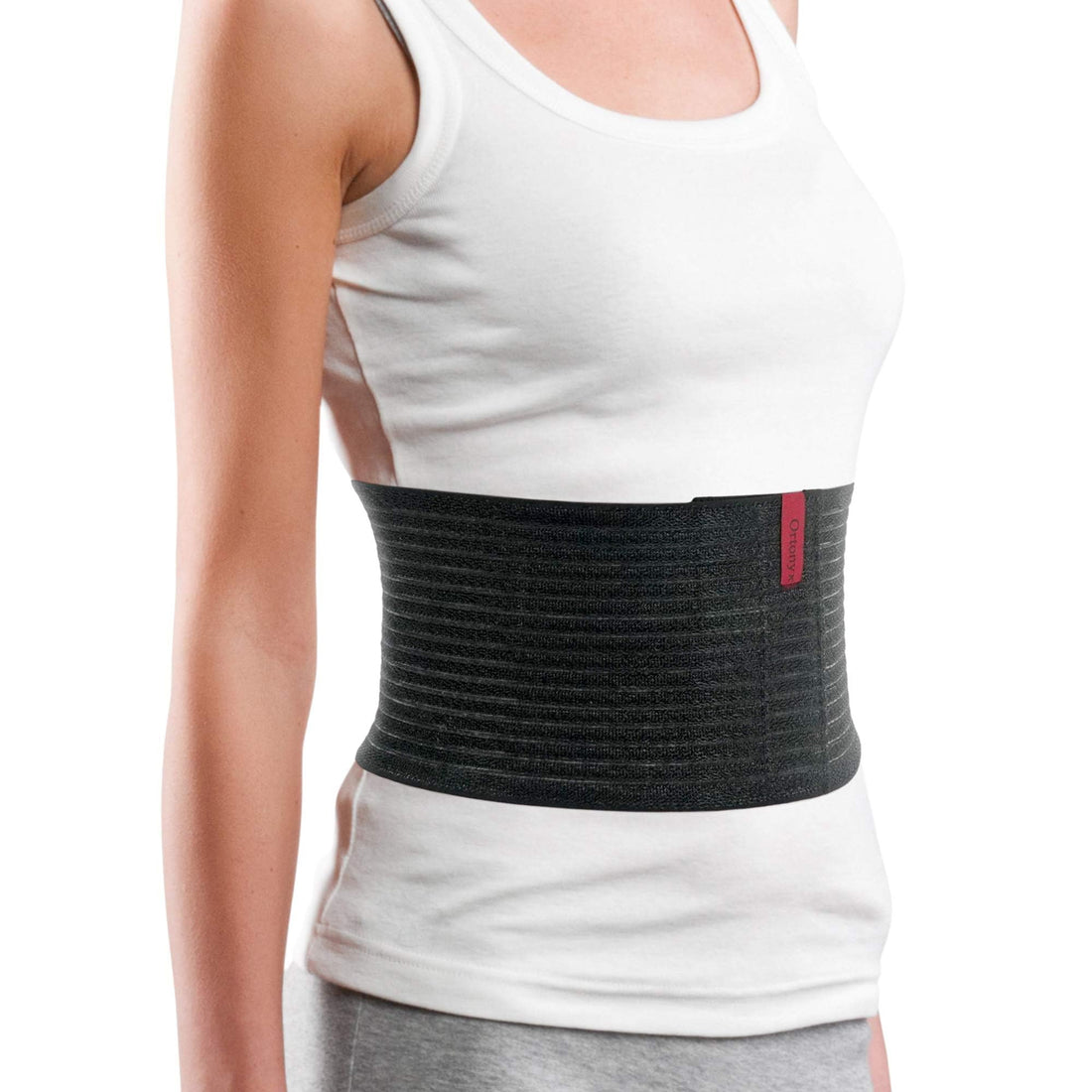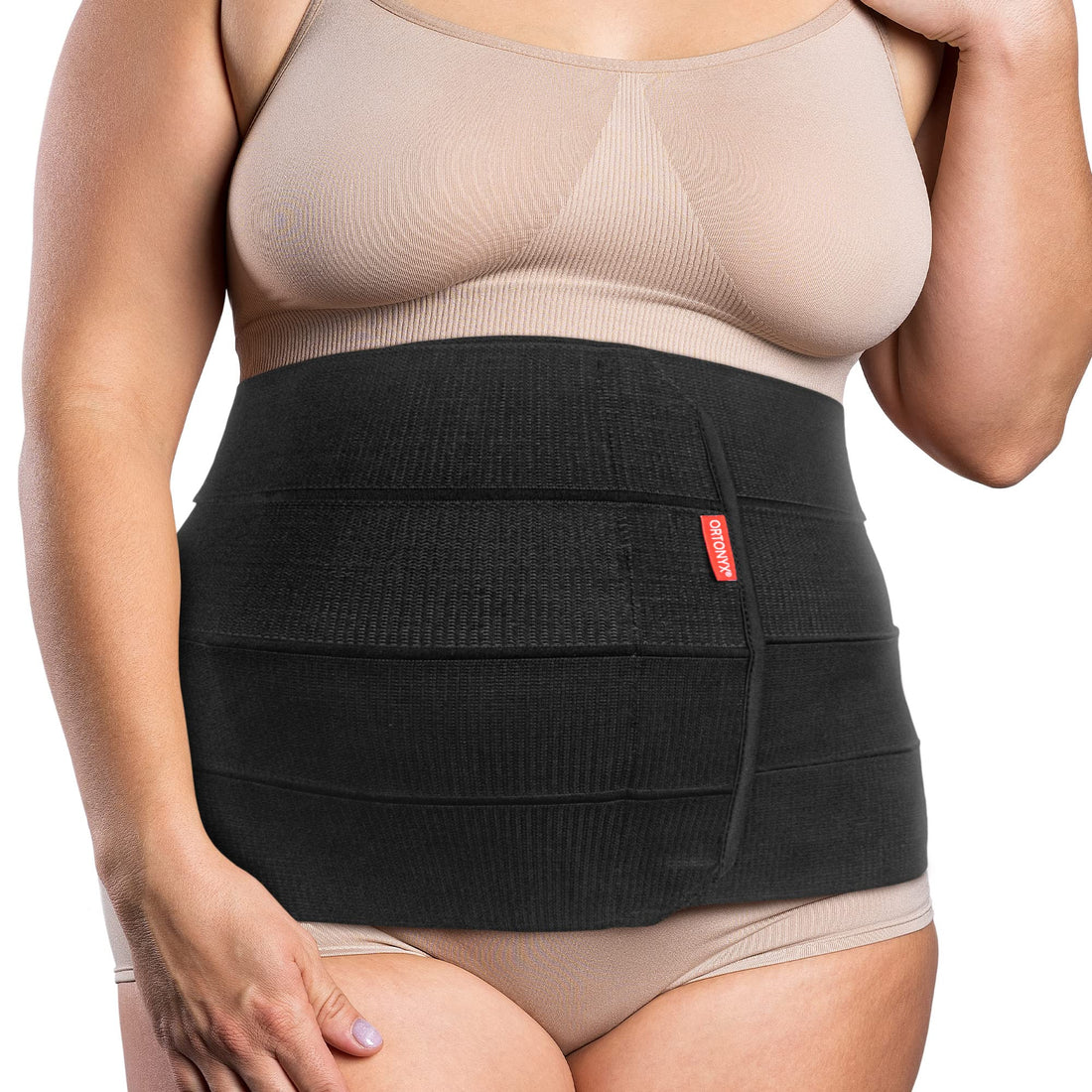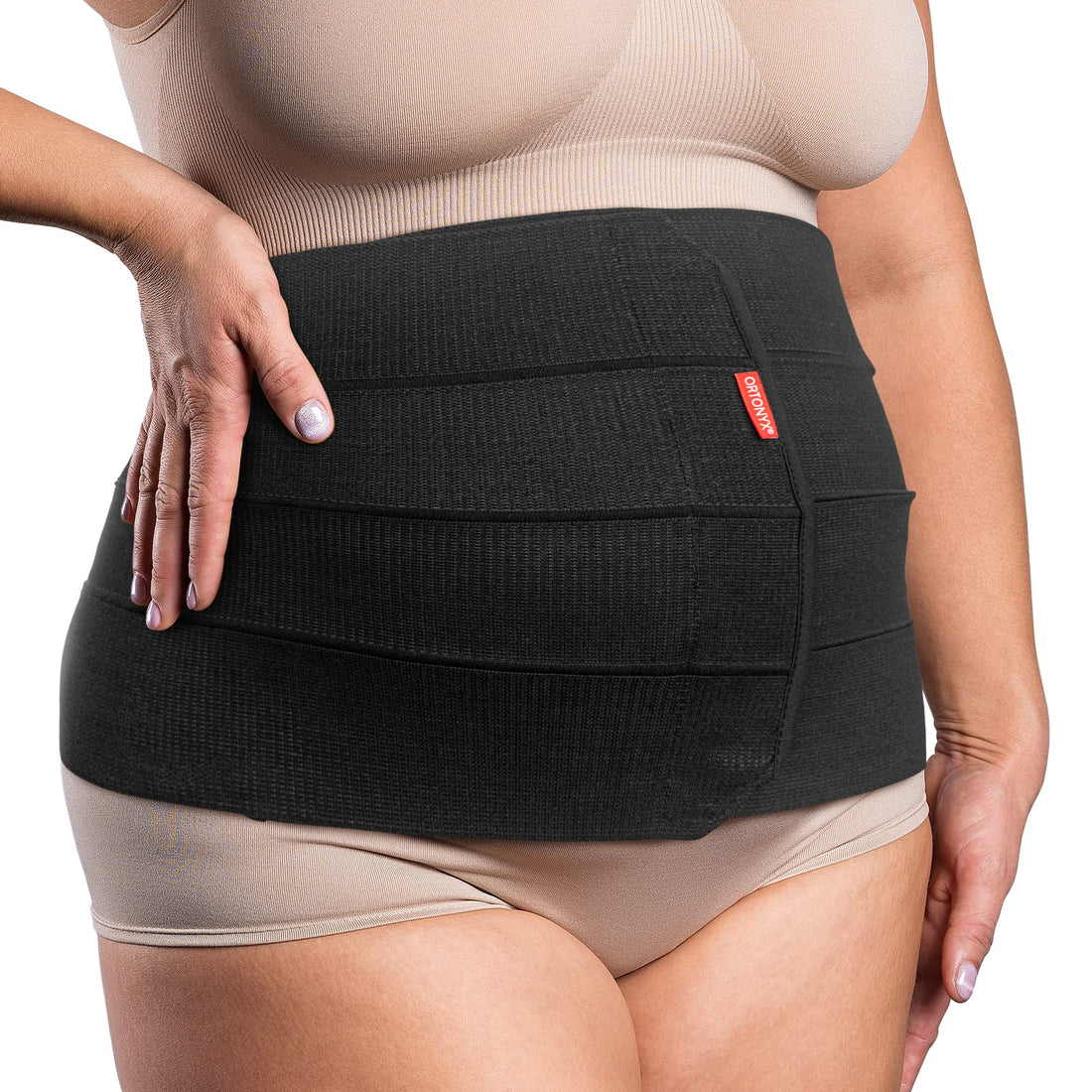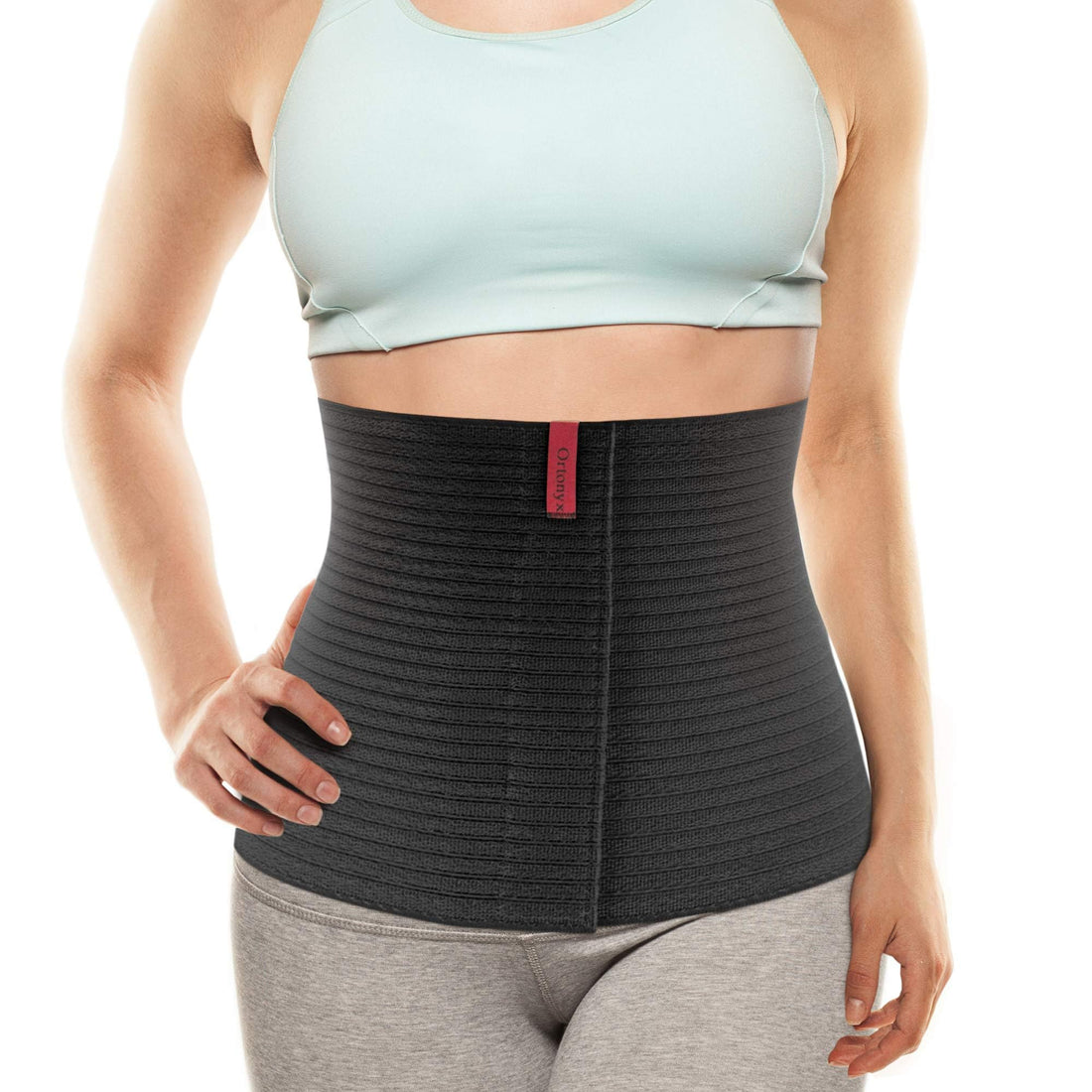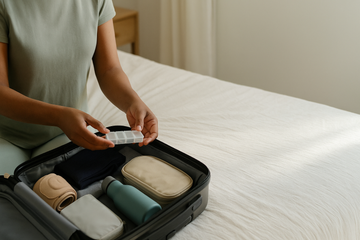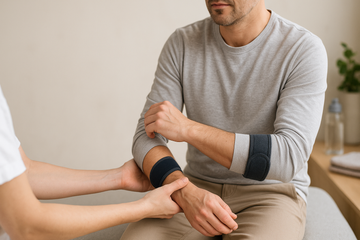Post-Hernia Surgery Recovery: Timeline and Support
Understanding Your Path to Recovery After Hernia Surgery
Recovering from hernia surgery can be a journey of patience and understanding as your body heals and regains strength. This article offers a detailed guide on what to expect week-by-week following your surgery, the support products that can aid your recovery, and the physical therapy exercises that help restore your function. Additionally, we'll cover important signs of complications to be aware of, helping you navigate this recovery phase with confidence and informed expectations.
Week-by-Week Recovery Timeline
The recovery process after hernia surgery varies by individual, but typically follows a predictable pattern. Initial weeks focus on managing pain and preventing strain on the repair site. By the third week, mild activities might be resumed, and by the sixth week, most patients feel significantly better. It's vital to follow your surgeon's advice closely during this period to ensure optimal healing.
Weeks 1-2: Immediate Post-Operative Care
Focus on rest and minimal movement to allow the surgical site to heal. Pain management is crucial, and activities like walking should be done cautiously to avoid any strain.
Weeks 3-4: Gradual Increase in Activity
Start integrating more movement as recommended by your healthcare provider. Light activities, such as gentle walking, can aid circulation and recovery.
Weeks 5-6: Returning to Normalcy
Patients typically begin to return to regular activities, although heavy lifting and strenuous workouts should still be avoided. Follow-up visits with your surgeon are important to monitor progress.
Support Products for Each Recovery Stage
Various products can support your hernia surgery recovery, from adjustable abdominal binders to ice packs for swelling management. Specifically, a 6.25" Abdominal Binder for Men and Women helps reduce pain and swelling, supports the core muscles, and improves posture by stabilizing the abdomen and lower back.
Immediate Post-Operative Support
Abdominal binders are incredibly beneficial in the early stages, providing the needed support to the surgical area, reducing pain, and helping in posture alignment.
Physical Therapy and Exercises
Engaging in guided physical therapy and targeted exercises is crucial for effective recovery. Gentle stretching and strengthening exercises can enhance muscle tone and support the abdominal area, preventing future injuries.
Guided Physical Activities
Start with light stretching and gradually incorporate strengthening exercises as advised by your physical therapist.
Signs of Complications to Watch For
While most recoveries are smooth, it's crucial to be vigilant for signs of complications such as infections, hernia recurrence, or excessive pain, which should prompt immediate consultation with your surgeon.
Recognizing Red Flags
Symptoms like increased redness, discharge from the incision site, fever, or unusual swelling are urgent signs to seek medical advice.
Key Takeaways
- Follow a gradual recovery timeline from rest to normal activity over six weeks.
- Utilize support products like the 6.25" Abdominal Binder to aid in recovery and reduce discomfort.
- Engage in physical therapy and gentle exercises as per medical advice to strengthen the body.
- Be vigilant for any signs of complications and communicate with your healthcare provider.
- Most patients return to normal activities by the sixth week post-surgery, following proper guidelines.
Frequently Asked Questions
What is the average recovery time for hernia surgery?
The average recovery time can range from a few weeks to a couple of months, depending on the type of surgery performed and individual health conditions.
Conclusion
While the journey to recovery post-hernia surgery can feel lengthy, understanding the process helps manage expectations and facilitates a smoother recovery. Utilizing the right support products and engaging in recommended physical activities can significantly enhance your recovery experience. Always keep in close contact with your healthcare provider and follow their guidelines to ensure the best outcomes.
This content is for informational purposes only and is not intended to be a substitute for professional medical advice, diagnosis, or treatment. Always seek the advice of your physician or other qualified health provider with any questions you may have regarding a medical condition.

